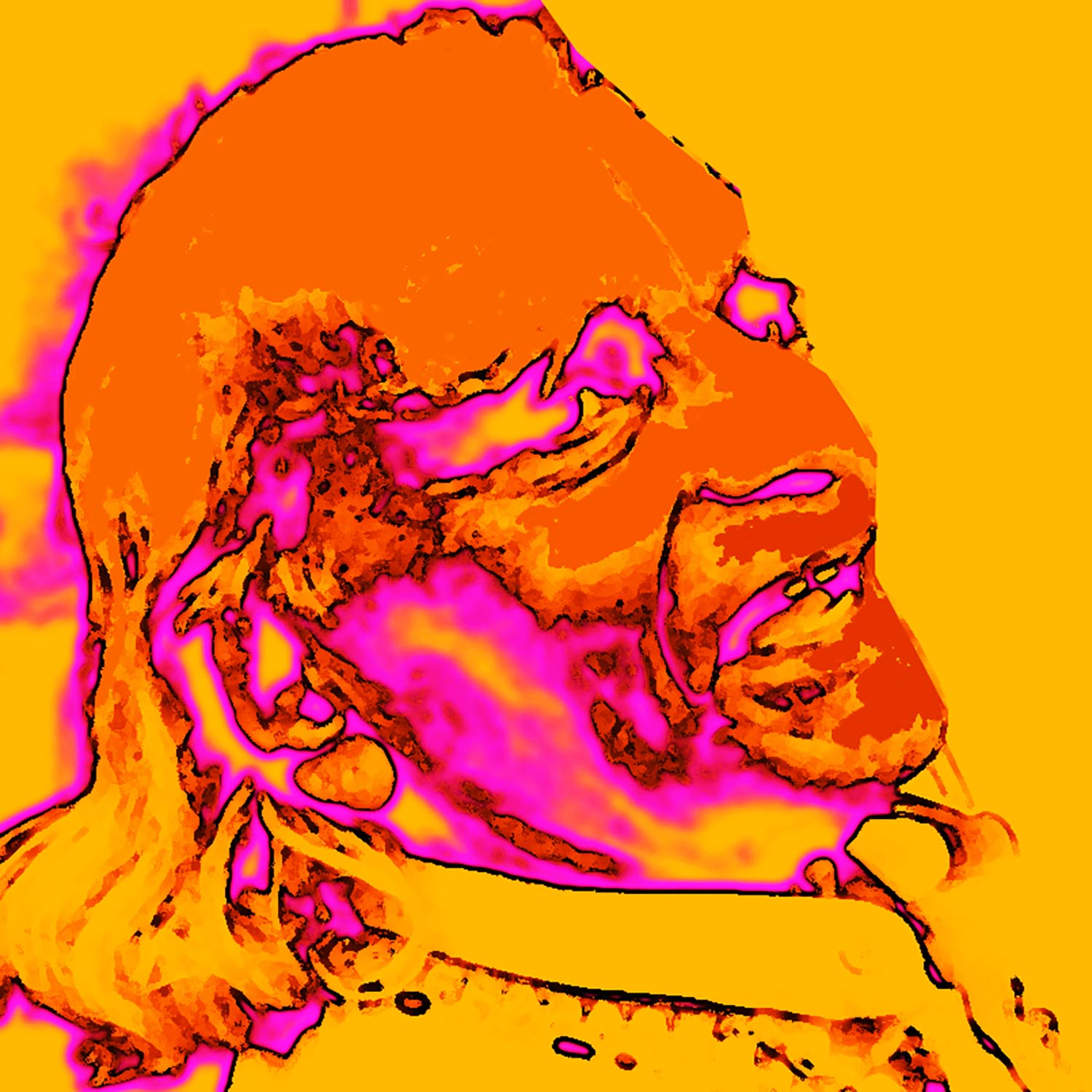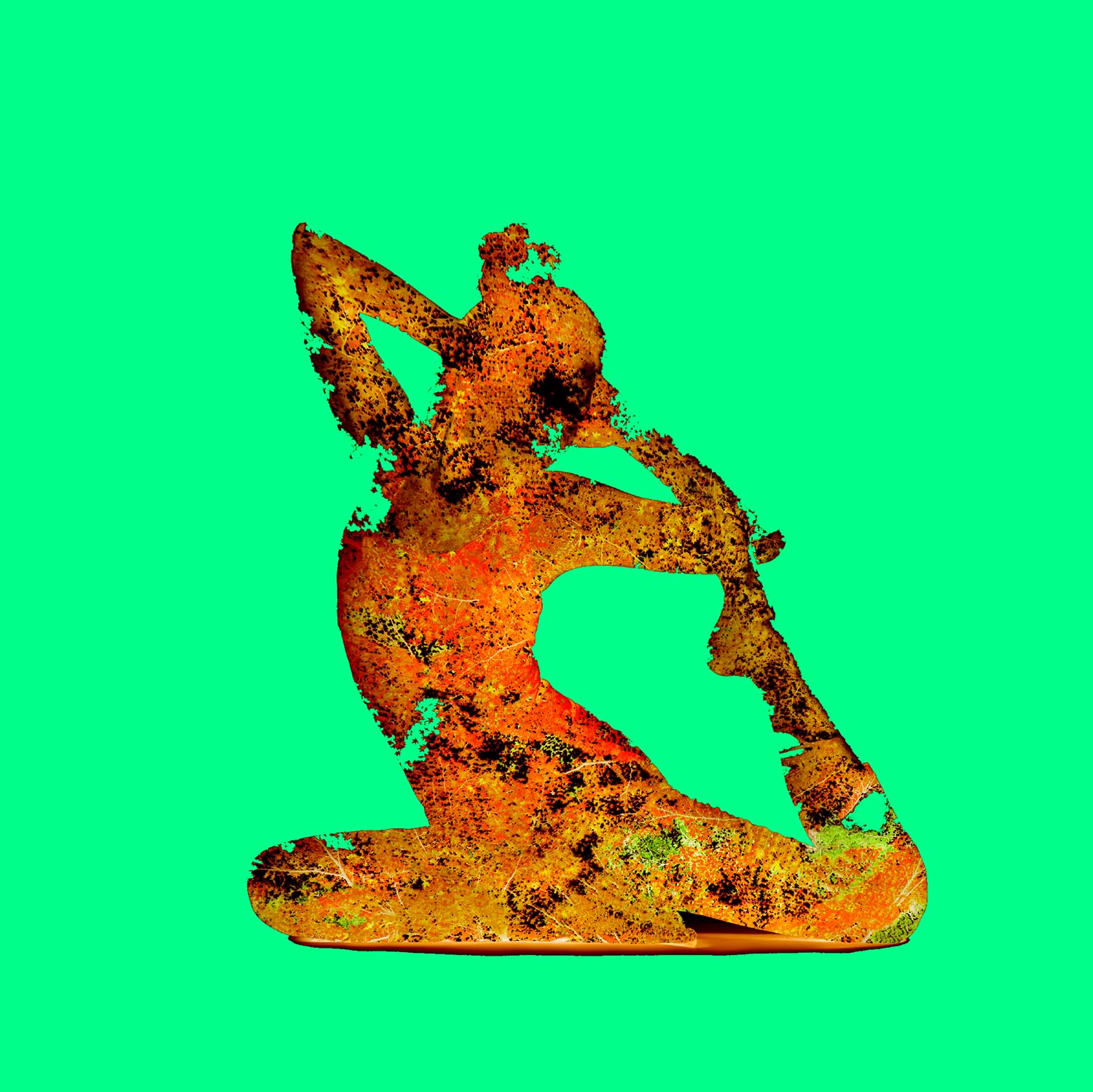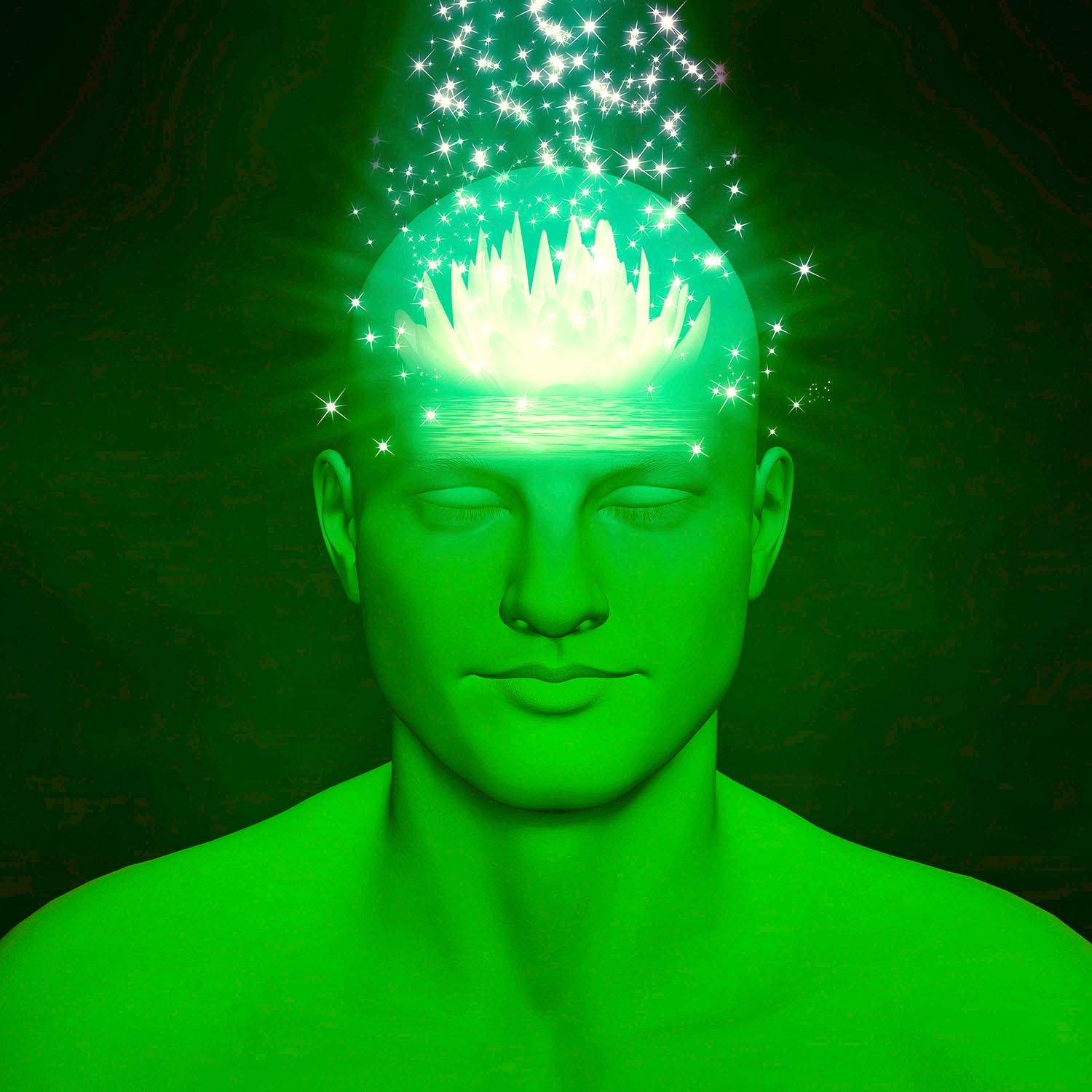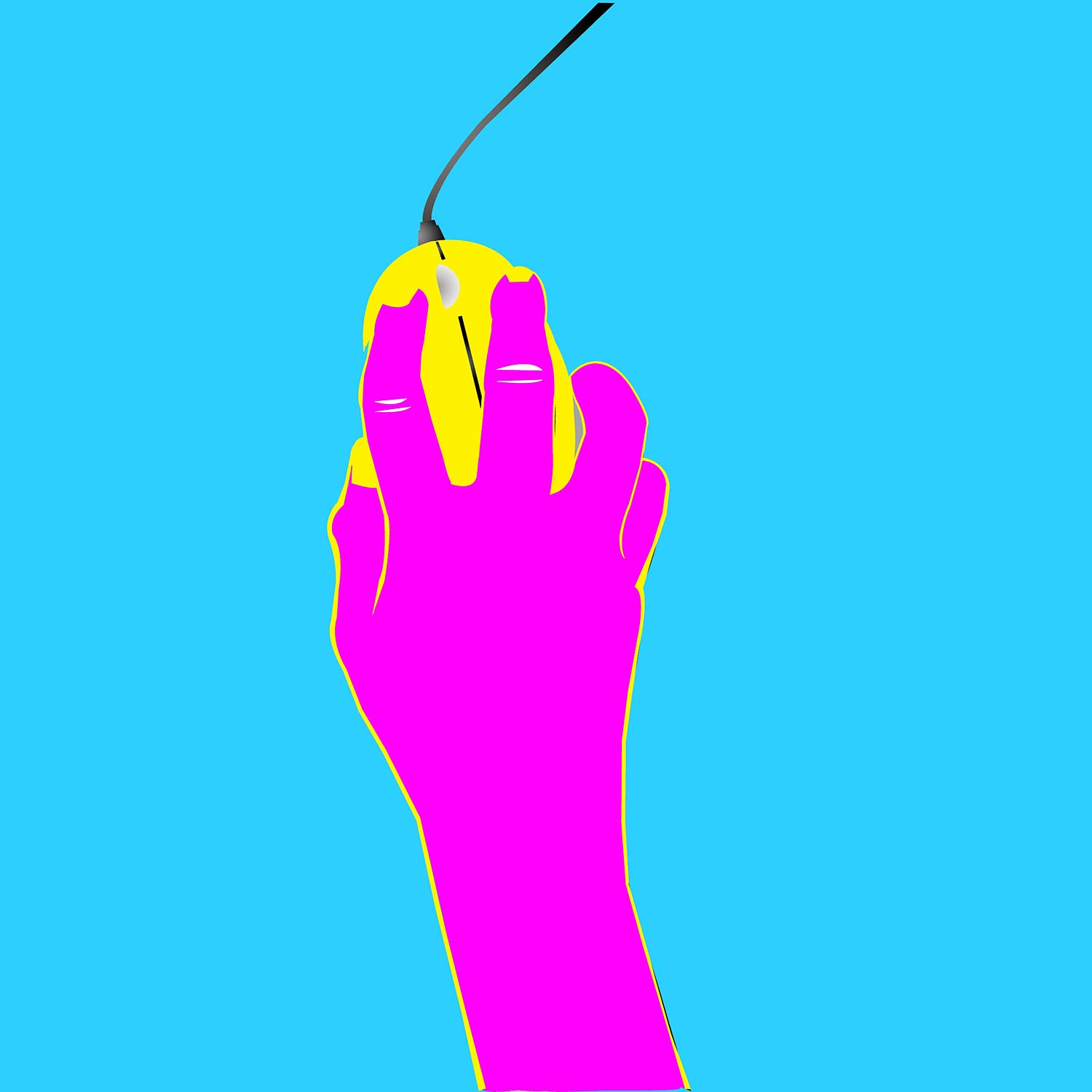
The latest Google doodle features BKS Iyengar, notable yoga guru who brought the practices to the West and popularizing it. He would have turned 97 today. The guru has spread Iyengar yoga around the globe, emphasizing physical alignment as one performs different asanas.

BKS Iyengar is Celebrated by Google for His Strength and Vast Knowledge
The guru, was born Bellur Krishnamachar Sundararaja Iyengar. He grew up in Bellur, Kingdom of Mysore, which is now Karnataka, India. He struggled through malaria, tuberculosis, typhoid fever and malnutrition throughout his life, but overcame all hardships with faith and incredible strength.
Time Magazine named him one of the 100 most influential figures in the world in 2004 for propagating the beliefs of yoga. The genius seemed to run in his family, as his brother-in-law, Krishnamacharya, was known to be the ‘father of modern yoga’. He was one of the key figures behind the revival of hatha yoga, which was initially developed by Iyengar.
Iyengar Was A Yoga Instructor to Many Celebrities, Even Queen Elizabeth
BKS Iyengar systematized more than 200 classic yoga poses and 14 different types of Pranayama, from those at starter levels to heavily advanced ones. Among his notable alumni are: Jiddu Krishnamurti, Jayaprakash Narayan, Yehudi Menuhin, Elizabeth, Queen of Belgium, Aldous Huxley, Sachin Tendulkar and actress Kareena Kapoor. He even taught Queen Elizabeth to stand on her head at 85 years old.

BKS Iyengar Practiced Yoga Until He Died
Iyengar died on the 20th of August of last year, at 95 years old, and he practiced yoga until his very last day on the Earth. At age 90 he used to practice asanas for 3 hours and pranayamas for an hour every day. Throughout his lifetime, Iyengar wrote 14 books on yoga and its practices and techniques, which makes him truly deserving of being the subject of a Google doodle.

Google Doodles Are Clickable, But What is the Emotion Behind It?
A new study has changed the way that mouse clicks are viewed by the general public. Jeffery Jenkins, the professor at Brigham Young University has drawn out guidelines as to how to tell a person’s emotional state in they way they manipulate a computer mouse or trackpad.

New Technology Can Tell Your Emotion By the Way You Move Your Mouse
Their data takes from the cursor’s movement and speed. The team took the challenge because negative emotions affect sales of online merchandise, and they decided to pinpoint how cursor movements are related to negative emotion. The technology has since been patented to a startup company.
The fact that soon enough machines will be able to tell how users are feeling is a chilling notion, but the research reveals that the slower the cursor moves, the more angry the user is. The results are surprisingly counterintuitive, as users that are more exasperated tend to move more slowly. They hope to use this technology with web developers, to pinpoint if certain websites or content drive out negative emotions in users.
This Also Goes for Mobile Users
This technology will hopefully also be implemented onto mobile platforms, once it reaches a point where it can also analyze screen swipes in addition to mouse clicks. There is very little known in the field of customer emotion analytics, and this could flip the tables. A technology like this could further customize a user’s web surfing experiences. It could deviate them from websites that have shown to bring out a negative response and encouraging websites that bring out more positive emotions. A total report will be included in the next installment of MIS Quarterly and the Management Information System Research Center at the University of Minnesota.
Does BKS Iyengar Bring Out Good Or Bad Emotions?
While the general public doesn’t have access to this kind of technology yet, it’s worth wondering how Google doodles like BKS Iyengar’s are perceived by the public. It’s possible that Google has its hands on this kind of technology already. It could be one of the factors that go into picking out who will be the subject of the next doodle.


















